Advertisement
In Python, working with byte data is common, especially when dealing with files, APIs, or network responses. But raw bytes aren't human-readable. If you want to view or process this data properly, you'll need to convert it to a string format. Python offers several ways to do this, depending on your context. Below are seven reliable and distinct methods you can use.
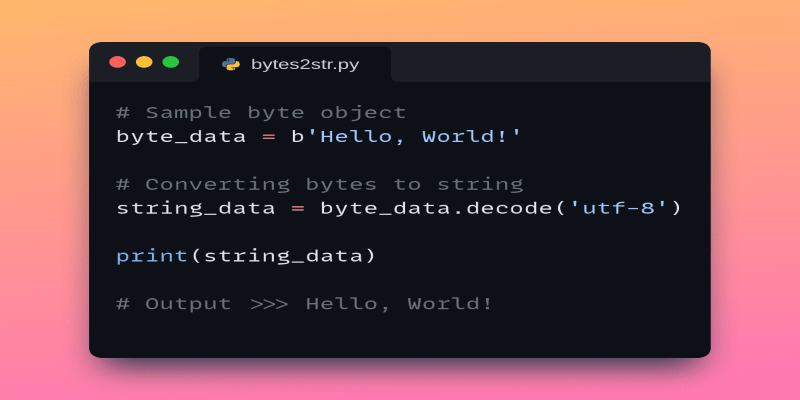
The most common way to convert bytes to a string is by decoding them. Both .decode() and str() can be used to achieve this. They work similarly, letting you choose an encoding like 'utf-8', 'ascii', or 'latin1'.
python
CopyEdit
byte_data = b'Python Bytes'
string_data = byte_data.decode('utf-8')
Or using str():
python
CopyEdit
string_data = str(byte_data, 'utf-8')
If the byte data contains characters that don’t map cleanly to the chosen encoding, you can add an error handler:
python
CopyEdit
string_data = byte_data.decode('utf-8', errors='replace')
This will insert a replacement character (�) for any invalid byte sequences. If you're decoding data from a known source and want full control over how errors are handled, these two options give you exactly that.
This method is clear, quick, and works well for most use cases where the bytes are encoded in a standard text format.
The codecs module provides a similar approach to .decode() but is often used in situations involving specific or older encodings. It comes from a time before Python unified string handling across its versions, so you’ll still find it in legacy code or certain libraries.
python
CopyEdit
import codecs
byte_data = b'Data from file'
string_data = codecs.decode(byte_data, 'utf-8')
The key difference here is that codecs.decode() can support some encoding names and behaviors that .decode() may not recognize. While it’s not as frequently needed in day-to-day work, it’s a solid choice when working across systems with non-standard encoding requirements or unusual byte formats.
When you're working with data that has been encoded using hexadecimal or base64, such as data from encryption tools, web APIs, or QR code libraries, Python gives you modules like binascii and base64 to decode it.
For hex decoding:
python
CopyEdit
import binascii
hex_data = b'48656c6c6f' # This represents 'Hello'
string_data = binascii.unhexlify(hex_data).decode('utf-8')
For base64:
python
CopyEdit
import base64
original_bytes = b'Example'
encoded = base64.b64encode(original_bytes)
decoded = base64.b64decode(encoded).decode('utf-8')
These aren't just byte-to-string conversions—they're decoding steps for a specific type of data encoding. But the final step, as always, is converting those decoded bytes into a proper string.
When you're reading data from a source that gives you a stream of bytes, like a file or a network socket, you might not want to decode the whole thing at once. This is where io.BytesIO and io.TextIOWrapper works well together.
python
CopyEdit
import io
byte_data = b'Content from stream'
stream = io.BytesIO(byte_data)
text_stream = io.TextIOWrapper(stream, encoding='utf-8')
string_data = text_stream.read()
This method is handy when you want to treat a byte object like a file. It’s not just about decoding—it allows you to process data line by line, or with other file-style operations.
This setup is often used when dealing with compressed files, HTTP responses, or APIs that send data in binary chunks.
In cases where you're working with a list of integers that represent bytes (such as output from a low-level device or manual byte construction), you’ll need to convert that list into a byte object first. Then, decoding follows the usual way.
python
CopyEdit
byte_array = [72, 101, 108, 108, 111] # Represents 'Hello'
bytes_obj = bytes(byte_array)
string_data = bytes_obj.decode('utf-8')
This is useful in embedded systems, hardware communication, or when you’re converting between raw data and meaningful strings. It’s still a decode operation at its core, but it's preceded by a manual conversion into a proper bytes object.
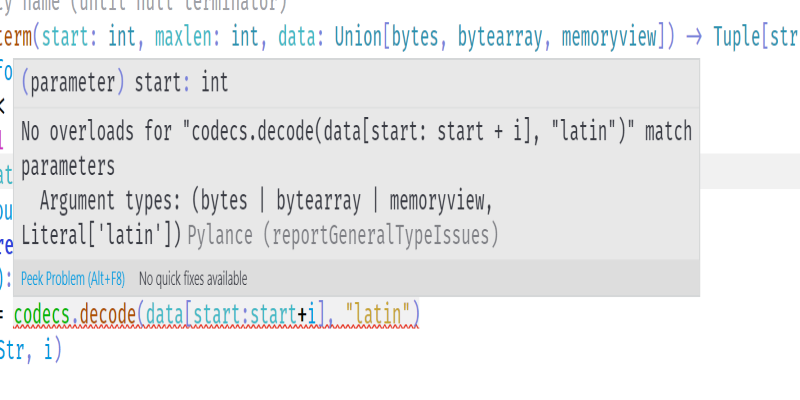
The memoryview() object gives you a view into byte-like data without copying it. It's useful for performance-sensitive tasks, such as handling large binary files or streaming data. Though not usually the first choice for decoding, it does allow string conversion if the view is cast correctly.
python
CopyEdit
byte_data = b'Quick view'
view = memoryview(byte_data)
string_data = view.tobytes().decode('utf-8')
This method becomes relevant when working with APIs that return memoryview objects directly or when performance and memory overhead are considered.
Sometimes you’re dealing with byte data that isn’t just plain text—it’s structured content like JSON. If the byte string contains JSON-formatted data, you can decode and convert it into a stringified dictionary (or any JSON-compatible object) using json.loads() after decoding.
python
CopyEdit
import json
byte_data = b'{"language": "Python", "type": "dynamic"}'
stringified_dict = json.loads(byte_data.decode('utf-8'))
While json.loads() itself doesn’t convert bytes directly, this method highlights a scenario where decoding is part of a broader operation: transforming encoded structured data into usable Python objects. It’s especially useful when dealing with APIs or config files that send data in a compact, serialized format.
If you want the final result as a string rather than a dictionary, you can re-encode it using json.dumps():
python
CopyEdit
json_string = json.dumps(stringified_dict)
This way, bytes are not just converted to plain text, but to meaningful, formatted strings representing structured data.
Python doesn’t restrict you to a single way of converting bytes into strings. The right method depends on the kind of data you're working with—simple encoded text, base64 responses, hex formats, or streamed input. Whether you're using .decode(), stream wrappers, or specialized libraries, each approach serves a clear role. Understanding these distinctions helps you avoid errors, handle edge cases, and keep your data readable, regardless of where it came from.
Advertisement

Learn how Microsoft expands Azure AI Studio with GenAI tools to deliver smarter and more scalable AI solutions for everyone.
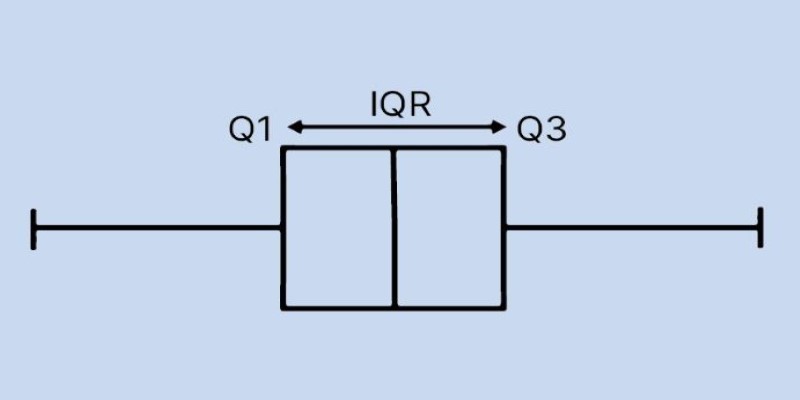
Learn how to create and interpret a boxplot in Python to uncover trends, spread, and outliers in your dataset. This guide covers structure, plotting tools, and tips for meaningful analysis

Discover the benefits and applications of AI in SSDs for enterprises, boosting storage efficiency and data management.

Explore how AI and digital transformation improve automation through smarter data, decision-making, and customer interactions
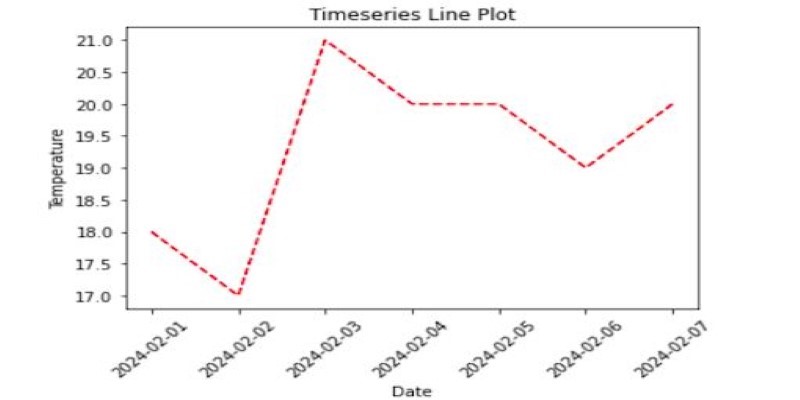
How to create and style a Matplotlib timeseries line plot in Python. This complete guide covers setup, formatting, handling gaps, and custom timeseries visualization techniques

Discover AI gateways: tools for compliance, bias checks, audit trails, and so much more in this beginner’s guide.

Discover Microsoft’s Responsible AI suite: fairness checks, explainability dashboards, harmful content filters, and others

Discover the risks of adversarial attacks in machine learning and how researchers are developing countermeasures.

Discover the top AI leading countries in 2025 making real progress in AI research and technology. Learn how the U.S., China, and others are shaping the future of AI with real-world applications and investment
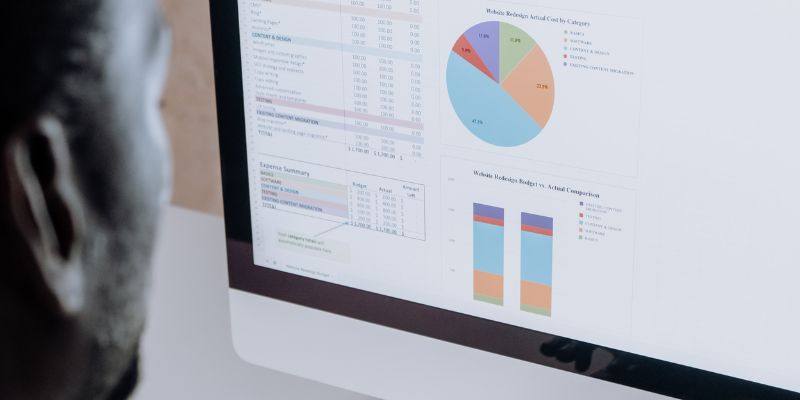
Here’s a breakdown of regression types in machine learning—linear, polynomial, ridge and their real-world applications.
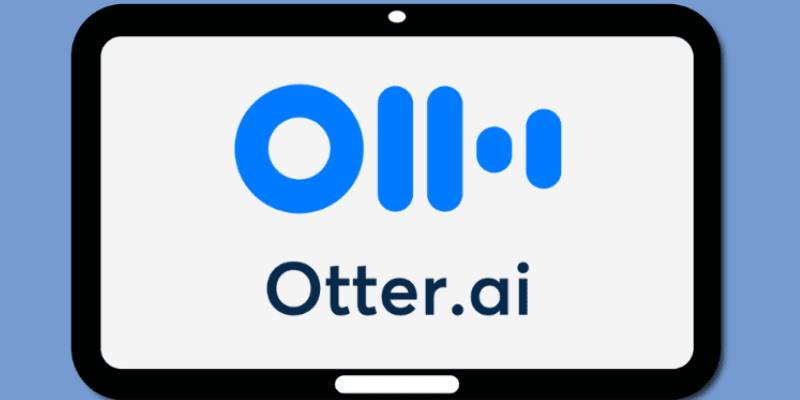
Discover how Otter.ai uses GenAI to enhance meetings with real-time insights, summaries, and seamless cross-platform access.
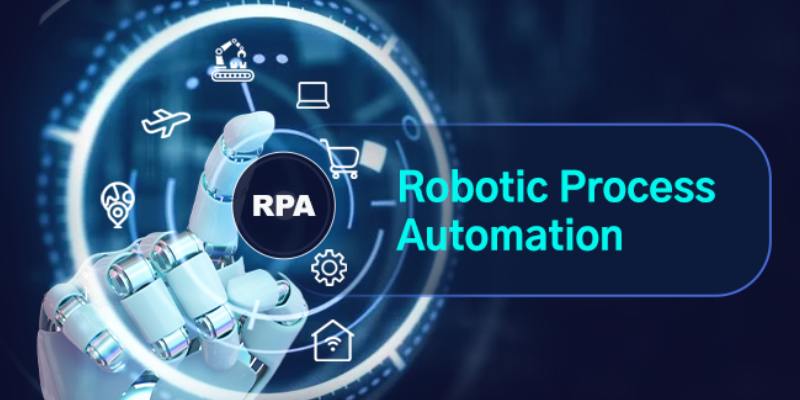
Learn key features, benefits, and real-world uses of Robotic Process Automation (RPA) to boost efficiency and cut costs.